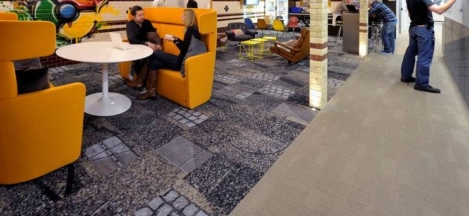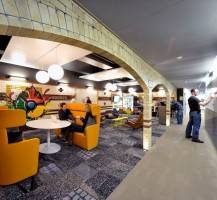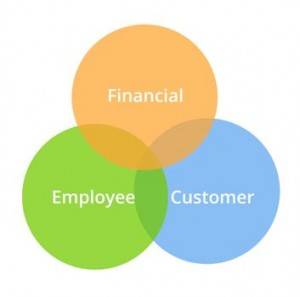May 18, 2016
What the imminent arrival of driverless vehicles will mean for the way we work 0
 Game changing technology doesn’t come any more disruptive than driverless vehicles. The problem is that we may find the whole idea easy to dismiss based on our past experiences of this sort of thing. Autonomous vehicles carry the whiff of Tomorrow’s World about them, yet they are about to go mainstream far sooner than we might think and their advent will have a major impact on the way we work and live. Both Ford and BMW have announced they intend to have fully autonomous vehicles on the roads within five years. That doesn’t mean the test models that are already on the roads but commercially available vehicles; Volvo will have 100 customers in Sweden and the UK using the vehicles next year. Tesla claims its cars will be driverless in two years. And it’s not just car makers who are intent on grabbing a share of this new market but computer makers like Google and Apple as well as sharing economy pioneers like Uber.
Game changing technology doesn’t come any more disruptive than driverless vehicles. The problem is that we may find the whole idea easy to dismiss based on our past experiences of this sort of thing. Autonomous vehicles carry the whiff of Tomorrow’s World about them, yet they are about to go mainstream far sooner than we might think and their advent will have a major impact on the way we work and live. Both Ford and BMW have announced they intend to have fully autonomous vehicles on the roads within five years. That doesn’t mean the test models that are already on the roads but commercially available vehicles; Volvo will have 100 customers in Sweden and the UK using the vehicles next year. Tesla claims its cars will be driverless in two years. And it’s not just car makers who are intent on grabbing a share of this new market but computer makers like Google and Apple as well as sharing economy pioneers like Uber.
































May 19, 2016
Where is the data for disability on boards – and do businesses care? 0
by Neil Barnfather • Comment, Legal news, Workplace
(more…)